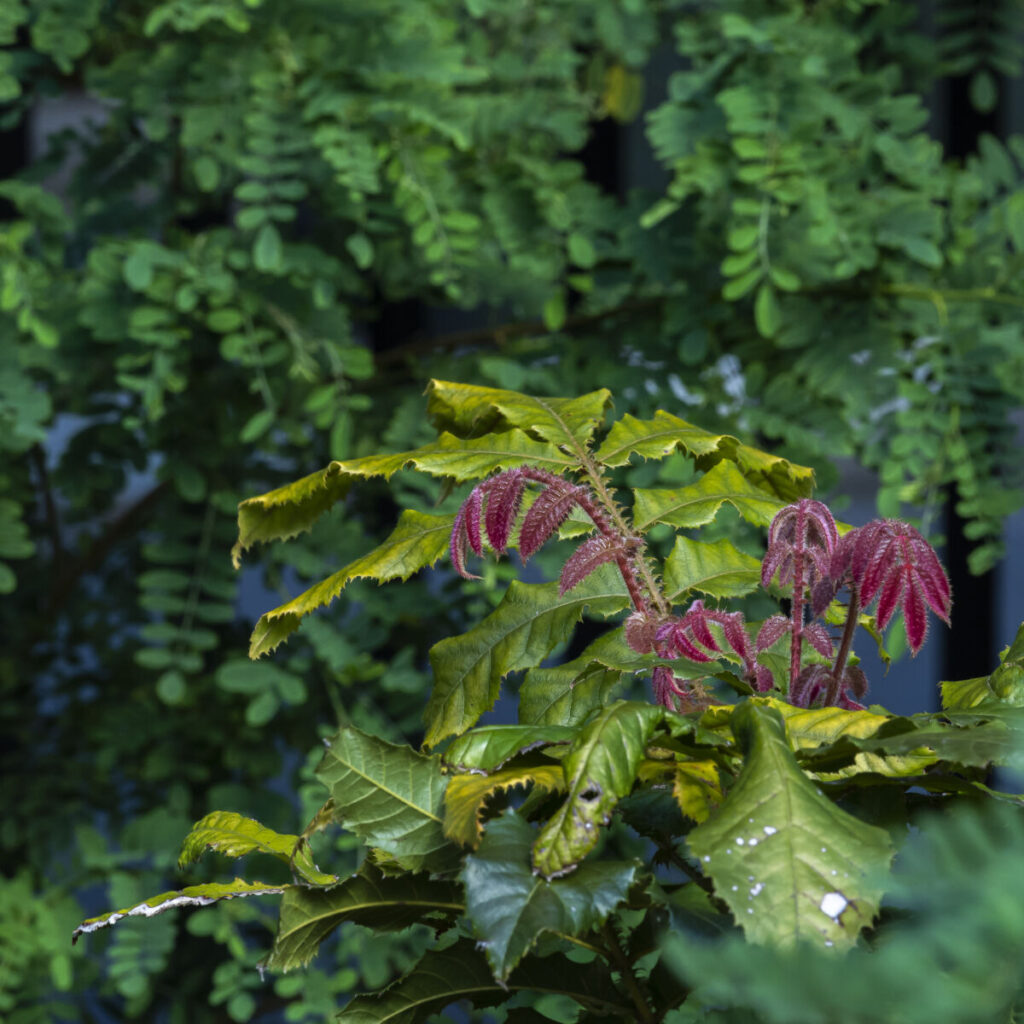Many people who grow Australian plants also want to select those that are indigenous – that is, those that naturally grow in their local area.
Question 1 – How to select and source indigenous plants
At the APS NSW Office email we received a question from someone starting a garden in the Illawarra area, and wanting to grow indigenous plants, especially for a pond and waterfall area.
Selecting plants is one step, but sourcing them is also crucial. They were advised that there are two broad approaches to indigenous planting:
- Read lots of reference books to find out the native plants for your specific area, then try to buy them and realise they are not available commercially.
- Go to a native nursery in the area, ask the staff and buy what they sell and advise.
When selecting plants you also have to take into account the soil type and microclimate of the area.
To identify indigenous water plants, one suggestion was to visit natural areas like Minnamurra rainforest to see suitable plants and get some plant names. But sourcing indigenous water plants can be especially difficult.
Other suggestions were to talk with the local APS group, Landcare groups, Council and National Parks and Wildlife Service, as well as any other local conservation groups. There are also online sources such as the website Growing Illawarra Natives, a community project launched in March 2020 (http://blog.growingillawarranatives.org).
Question 2 – What is the distribution range of water plants
Another person wrote asking for the approximate distribution of Bacopa monnieri and Goodenia humilis, as she was looking for water plants for a native frog project. Our experts let her know that Bacopa monnieri occurs through India and North America, and from Sydney and the north coast up as far as Queensland, and that the main occurrence of Goodenia humilis was in Victoria.
She was also provided with the relevant distribution maps from the Atlas of Living Australia (ttps://www.ala.org.au).
Indigenous plant lists can also be constructed using the geographic search function of the Royal Botanic Garden’s PlantNet (https://plantnet.rbgsyd.nsw.gov.au/search/spatial.htm).
Thanks to our experts Rhonda Daniels, John Nevin and Dick Turner.

